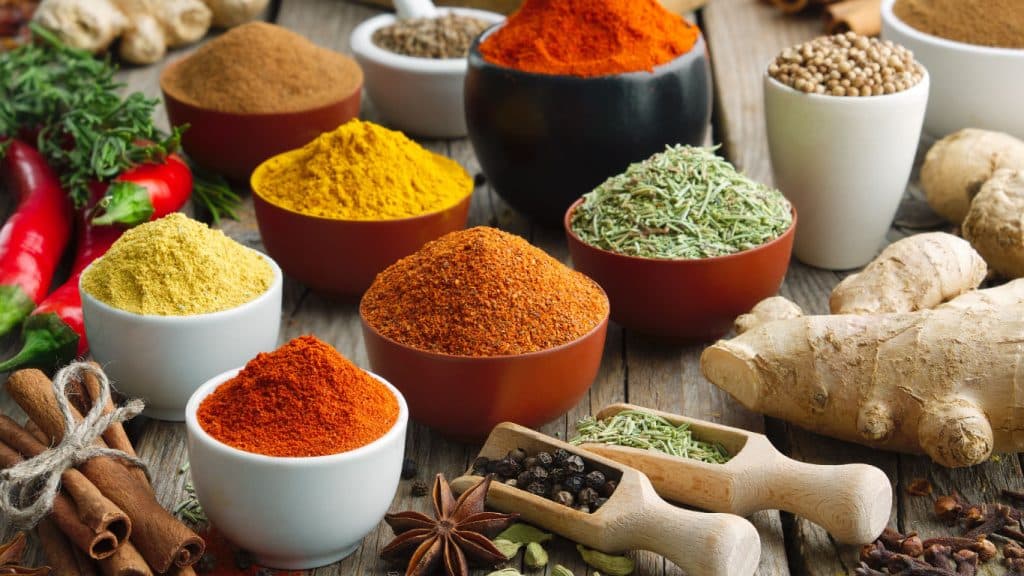Beans are an amazing food that can help keep us healthy and strong. Let’s learn about the different types of beans, the health benefits they offer, and how we can cook them in yummy ways!
Types of Beans
There are many kinds of beans, and each one is special. Here are some common types you might find at the store:
1. Black Beans: These beans are small and black. They’re great in soups, salads, and Mexican dishes.
2. Kidney Beans: These are large and red, shaped like a kidney. They’re often used in chili and stews.
3. Chickpeas (Garbanzo Beans): Round and beige, chickpeas are perfect for making hummus or adding to salads.
4. Pinto Beans: These beans are brown with specks. They’re delicious in burritos and refried beans.
5. Lentils: Small and lens-shaped, lentils come in colors like green, brown, and red. They cook quickly and are great in soups and salads.
Health Benefits of Beans
Beans are not just tasty; they’re super healthy too! Here’s why beans are good for you:
1. High in Protein: Beans are a great source of protein, which helps build muscles and repair body tissues.
2. Packed with Fiber: Fiber helps keep our digestion smooth and keeps us feeling full longer.
3. Rich in Vitamins and Minerals: Beans have lots of important nutrients like iron, magnesium, and folate, which help keep our bodies working well.
4. Low in Fat: Beans are low in fat, making them a healthy choice for keeping our hearts strong.
5. Good for Blood Sugar: Beans help keep blood sugar levels steady, which is great for everyone, especially people with diabetes.
Nutrition Facts
Let’s look at the nutrition facts for one cup of cooked black beans:
– Calories: 227
– Protein: 15 grams
– Fiber: 15 grams
– Iron: 20% of the Daily Value (DV)
– Magnesium: 30% of the DV
– Folate: 64% of the DV
Beans as Medicine
Eating beans can help prevent and manage some health problems. Here’s how beans act like medicine:
1. Heart Health: The fiber, potassium, and magnesium in beans help keep our hearts healthy by lowering blood pressure and cholesterol levels.
2. Digestive Health: The high fiber content in beans supports healthy digestion and prevents constipation.
3. Weight Management: Beans are filling and low in calories, which can help with weight loss or maintaining a healthy weight.
4. Blood Sugar Control: Beans’ fiber and protein help control blood sugar levels, making them great for people with diabetes.
Cooking Beans
Cooking beans is easy and fun. Here are some simple ways to cook them:
Boiling Beans
INGREDIENTS
– 1 cup dry beans
– Water
– Salt
DIRECTIONS
1. Rinse the beans under cold water.
2. Put the beans in a pot and cover with water.
3. Bring to a boil, then reduce heat and let simmer until beans are tender (about 1-2 hours).
4. Add salt to taste.
Making a Bean Salad
INGREDIENTS
– 1 can of mixed beans, rinsed and drained (Or you can use 2 cups of the cooked beans from above)
– 1 cucumber, chopped
– 1 bell pepper, chopped
– 1/4 cup red onion, chopped
– 2 Tbsp olive oil
– Juice of 1 lemon
– Salt and pepper to taste
DIRECTIONS
1. Mix the beans, cucumber, bell pepper, and red onion in a bowl.
2. Drizzle with olive oil and lemon juice.
3. Add salt and pepper to taste.
4. Toss everything together and serve.
Cooking Lentil Soup
INGREDIENTS
– 1 cup lentils
– 1 onion, chopped
– 2 carrots, chopped
– 2 celery sticks, chopped
– 4 cups vegetable broth
– 2 cloves garlic, minced
– 1 teaspoon cumin
– Salt and pepper to taste
DIRECTIONS
1. In a pot, sauté the onion, carrots, and celery until soft.
2. Add the garlic and cumin, and cook for another minute.
3. Add the lentils and vegetable broth.
4. Bring to a boil, then simmer for about 30 minutes until lentils are tender.
5. Add salt and pepper to taste.
Enjoying Beans
Beans are versatile and can be used in many dishes. Try adding them to soups, salads, stews, and even pasta. They’re an easy way to boost the nutrition of any meal. So, next time you’re at the store, grab some beans and get cooking. Your body will thank you for it!
I hope you enjoyed learning about beans! Do you have any favorite bean recipes you’d like to share?



